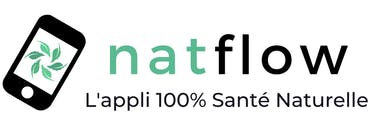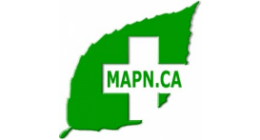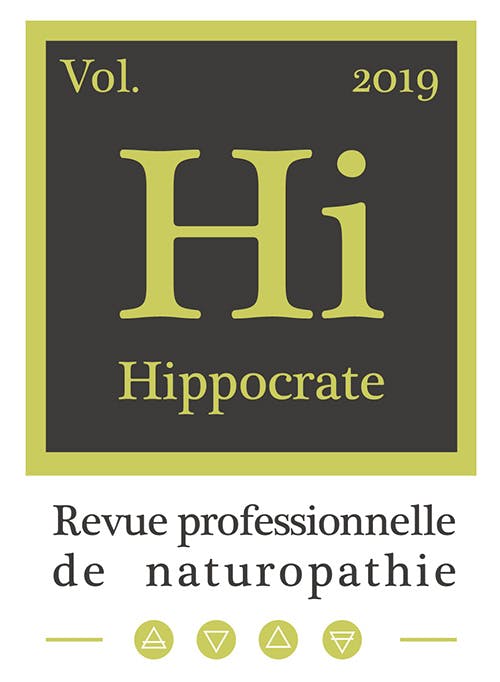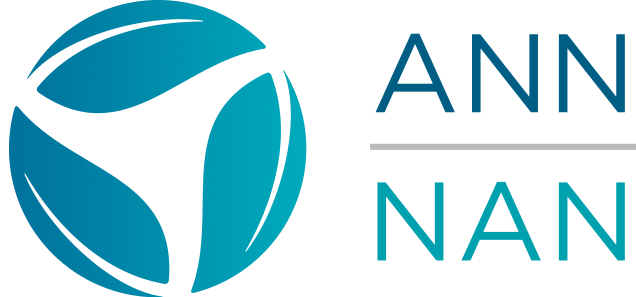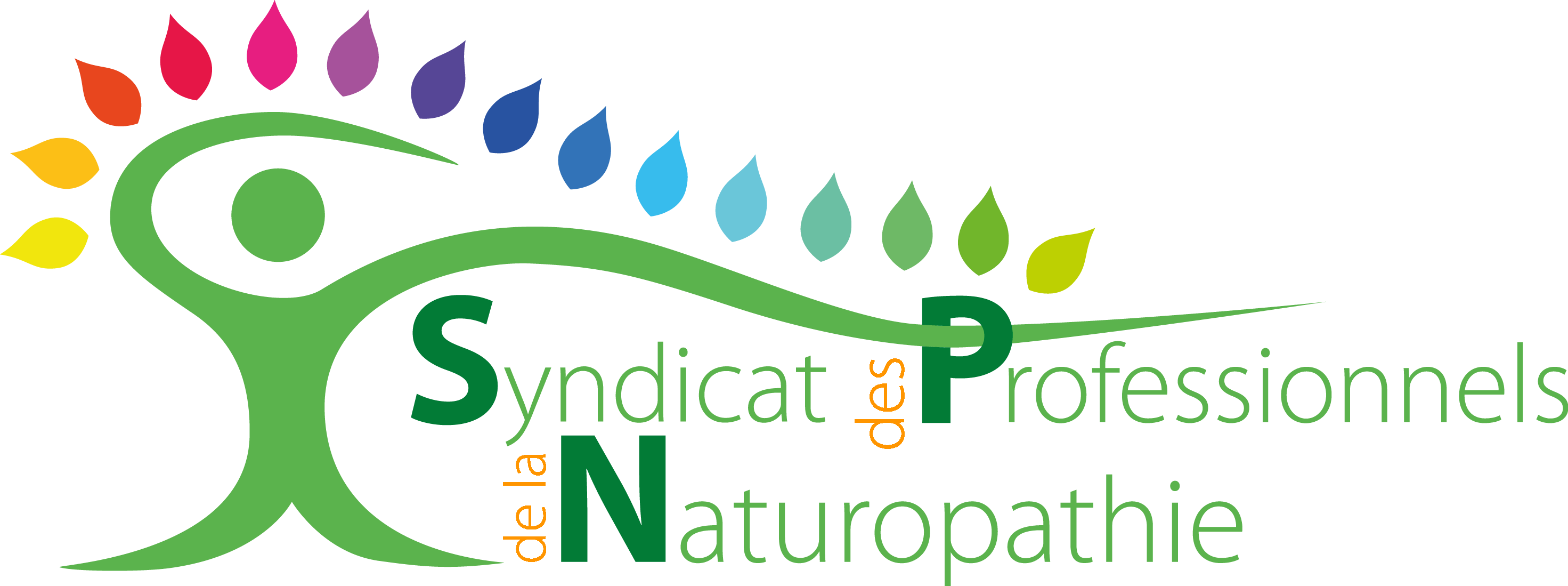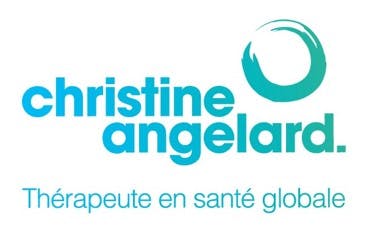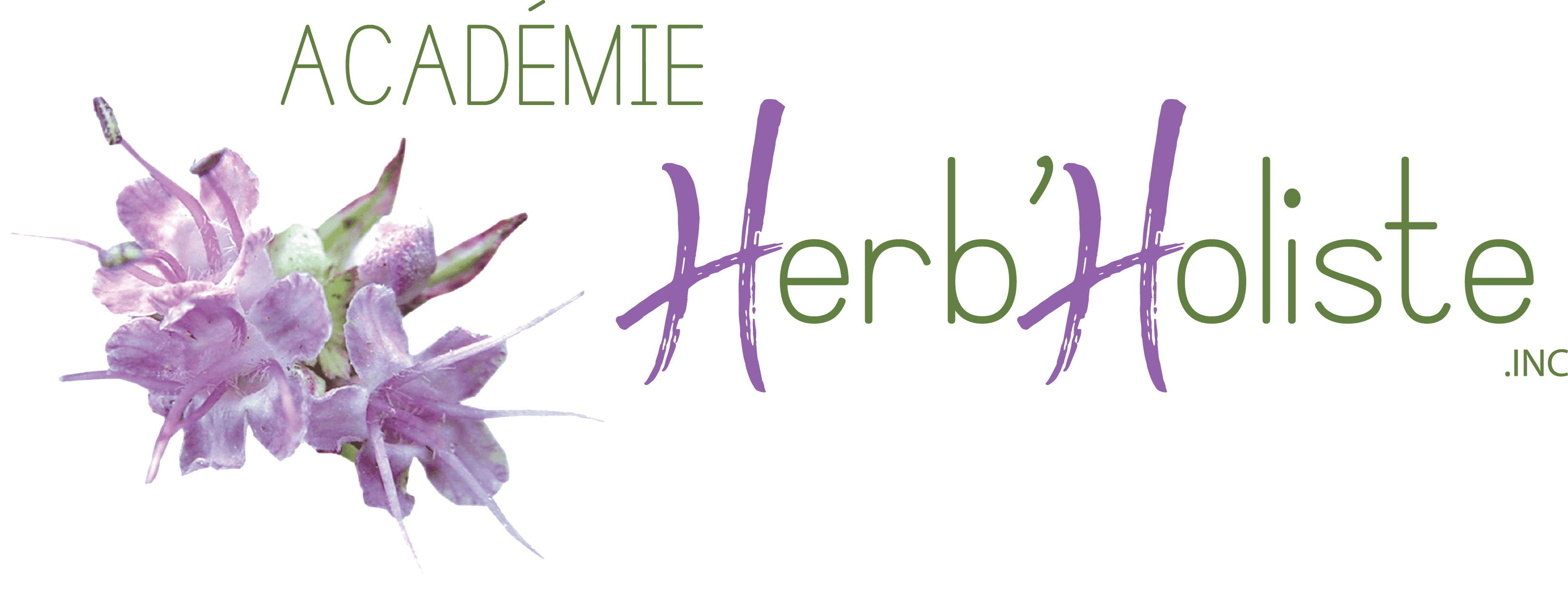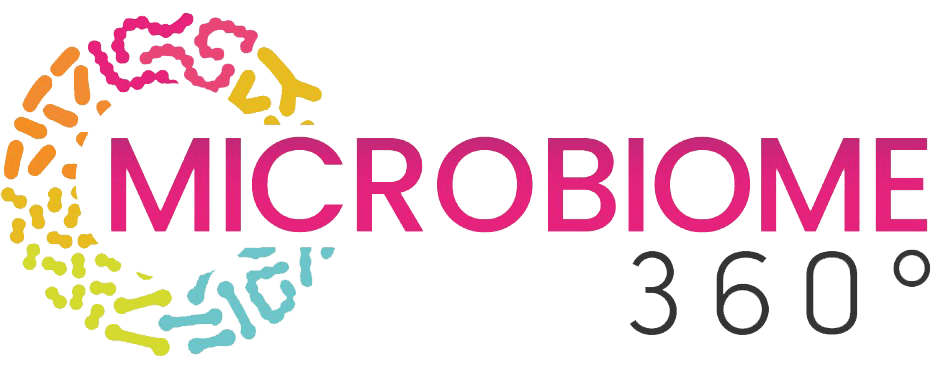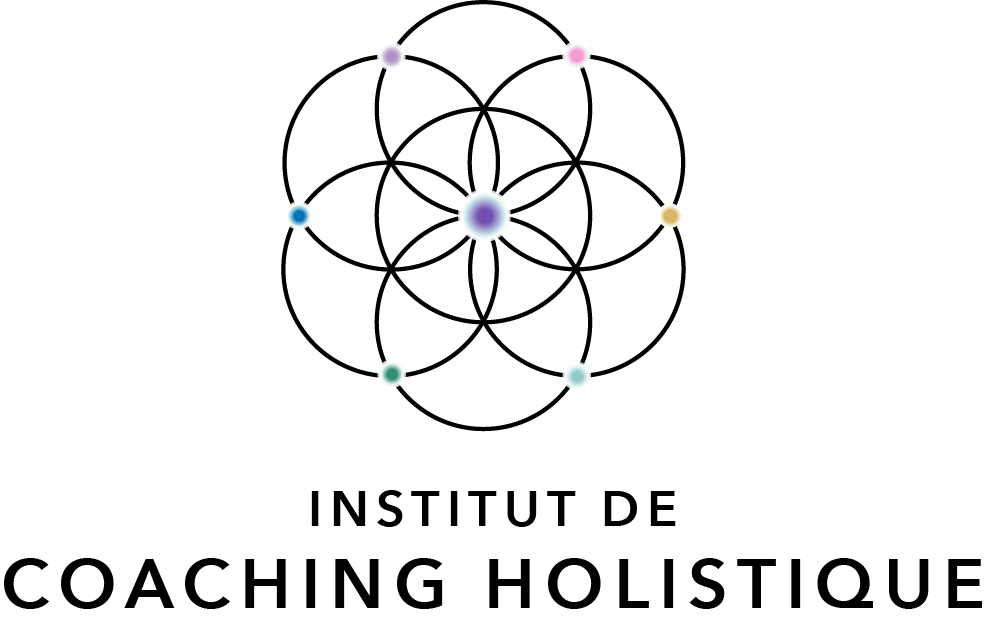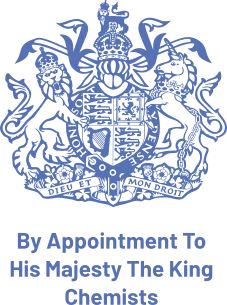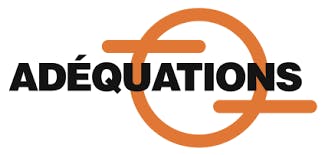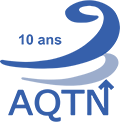Anatomy and Pathophysiology I
Overview
This first course in anatomy and pathophysiology opens the series of three modules dedicated to understanding the human body and its essential functions. It lays the groundwork for any training in natural health.
The foundational material is especially designed for those with little or no background in science, medicine, or paramedical studies, who wish to build solid knowledge in anatomy, physiology, pathology, and etiological principles.
Learning is structured progressively: students are encouraged to study one chapter at a time, in parallel with other courses in the program, to ensure thorough comprehension and to connect theory with naturopathic practice.
This course, therefore, represents the first step in a coherent sequence of three modules leading toward an integrated understanding of the body, health, and disease. Professionals already trained in the medical field (physicians, nurses, etc.) may, upon providing proof of qualification, be exempted from this series.
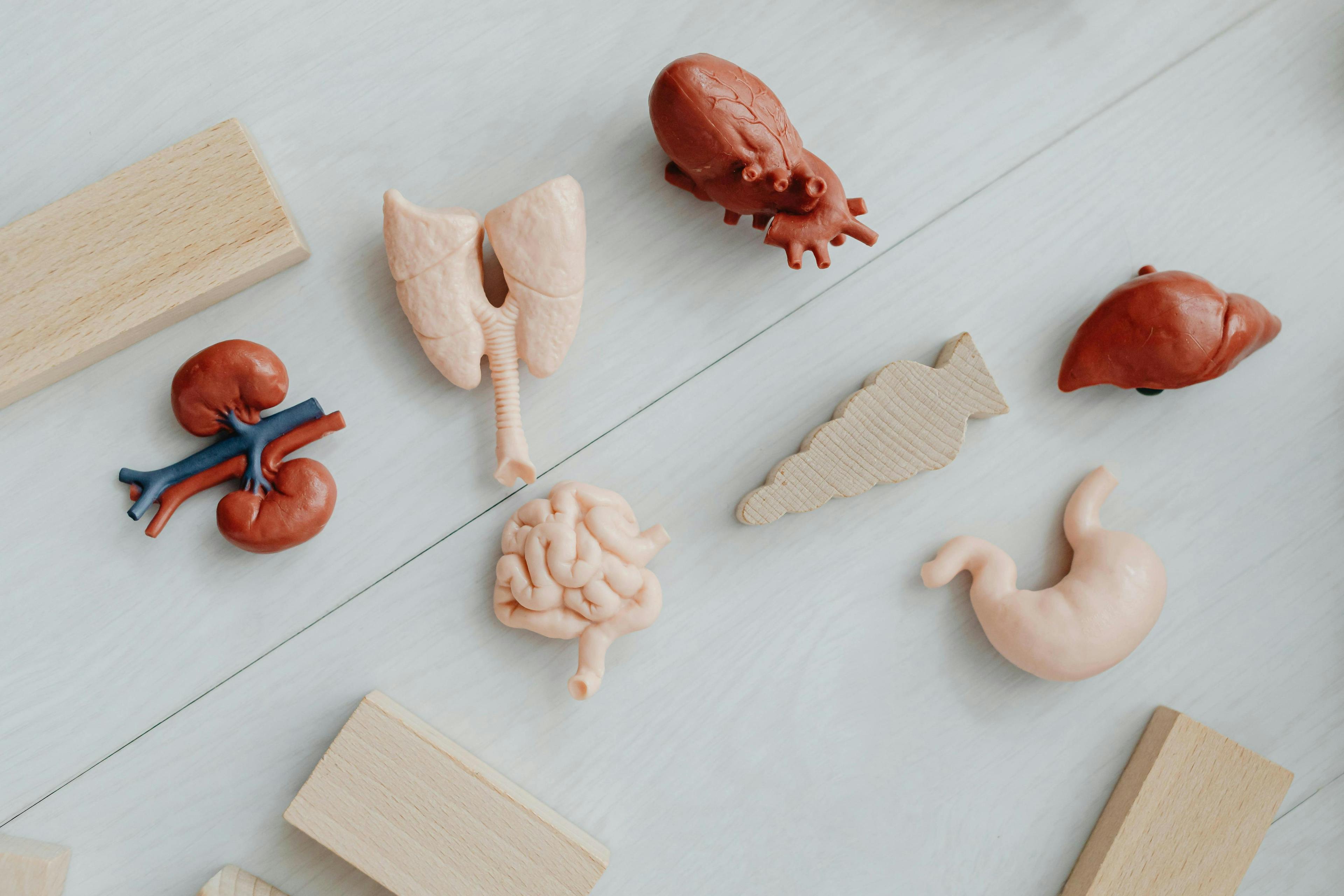
Included teaching methods:
- E-Learning courses: an interactive, motivating, and effective learning method.
- Printable course booklets
- Online exams
- Access to the student portal
- Videos and virtual library.
Course Content Description
STUDENT GUIDE
Teaching method and instructions
- How to use your E-learning platform
- Your teaching documents and tools
- Your PDF course manual*
- Clinical Case Studies (ECC)
- Your study time
- Deadlines and program duration
- Quizzes
- Assessments
- Professional and personal status
- Starting your study
- Plan your work schedule
- Objectives and course overview
- References
- Introduction
Chapter 1
MUSCULOSKELETAL SYSTEM
The passive musculoskeletal system
- Osteology
- The bony framework
- The spinal column
- The skull and face
- The face
- The thorax
- The pelvis
- The upper limbs
- The lower limbs
- Bone marrow
- the joints
The active musculoskeletal system
- The muscular system
- The head and face
- The trunk muscles
- THE CHEST MUSCLES
- THE ABDOMINAL MUSCLES
- The back muscles
- The shoulder girdle
- The lower limb
- The pelvic girdle
Dysfunction Interactions
- ARTHRITIS
- OSTEOARTHRITIS
- CERVICAL PAIN
- MUSCLE SORENESS
- JOINT CRACKING
- DECALCIFICATION
- SPRAIN
- GOUT
- OSTEOPOROSIS
- RICKETS & OSTEOMALACIA
- RHEUMATISM
- BURSITIS
- CONTRACTURES, SPASMS
- BACK PAIN
- HERNIA
- TENDINITIS
- TETANY
- INJURIES WITHOUT WOUNDS
- STIFF NECK
- Knowledge review
- Activity 1
CHAPTER 2
Descriptive approach to the cardiac system and blood circuits
The heart and arterial circulation
The arteries
- AORTA
- CAROTIDS
- SUBCLAVIANS
- INTERNAL MAMMARY
- AXILLARY ARTERY
- INTERNAL ILIAC
- TIBIAL and PERONEAL arteries
Blood
- Red blood cells
- Platelets and blood clotting
- White blood cells
Blood transfusion
The lymphatic system
- Lymph
Interactions, dysfunctions
- ANEMIA
- ANGINA
- ANGIOMA (Vascular nevus)
- ARTERITIS
- ATHEROSCLEROSIS
- CHOLESTEROL
- BRUISE
- EPISTAXIS
- DIZZINESS
- HEMORRHOIDS
- HIGH BLOOD PRESSURE
- LOW BLOOD PRESSURE
- HEART FAILURE
- EDEMA
- ANGIOEDEMA
- PALPITATION
- PHLEBITIS
- THROMBOSIS
- VARICOSE VEINS
Knowledge review
- Activity 2
CHAPTER 3
GENITAL SYSTEM
Descriptive approach
Female genital system
- External female genital organs
- Internal female genital organs
- Reproductive organs
- Female genital physiology
- From puberty to menopause
Male genital system
- Male accessory sex glands
- External male genital organs
- Stages of male sexual life
Dysfunction Interactions
- FRIGIDITY
- IMPOTENCE
- METRITIS
- METRORRHAGIA
- PROSTATITIS
- STERILITY
Knowledge review
- Activity 3
CHAPTER 4
SKIN AND CUTANEOUS RECEPTORS
Introduction
Structure
Peculiarities and Functions of the skin and its appendages
- Temperature
- Protective role:
- Secretory role
- Immune role
- HAIR
- NAILS
- SWEAT GLANDS
- SEBACEOUS GLANDS
Interactions-dysfunctions
Conclusion
Knowledge review
- Activity 4
ANSWERS









